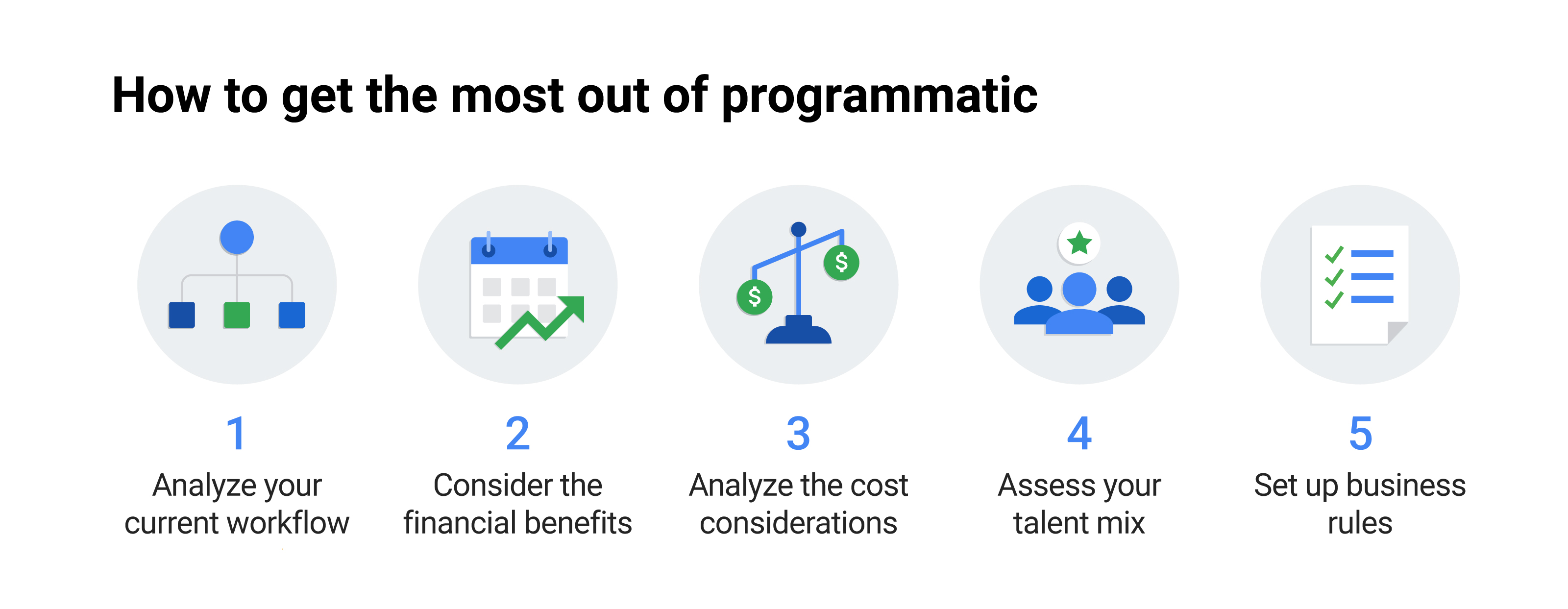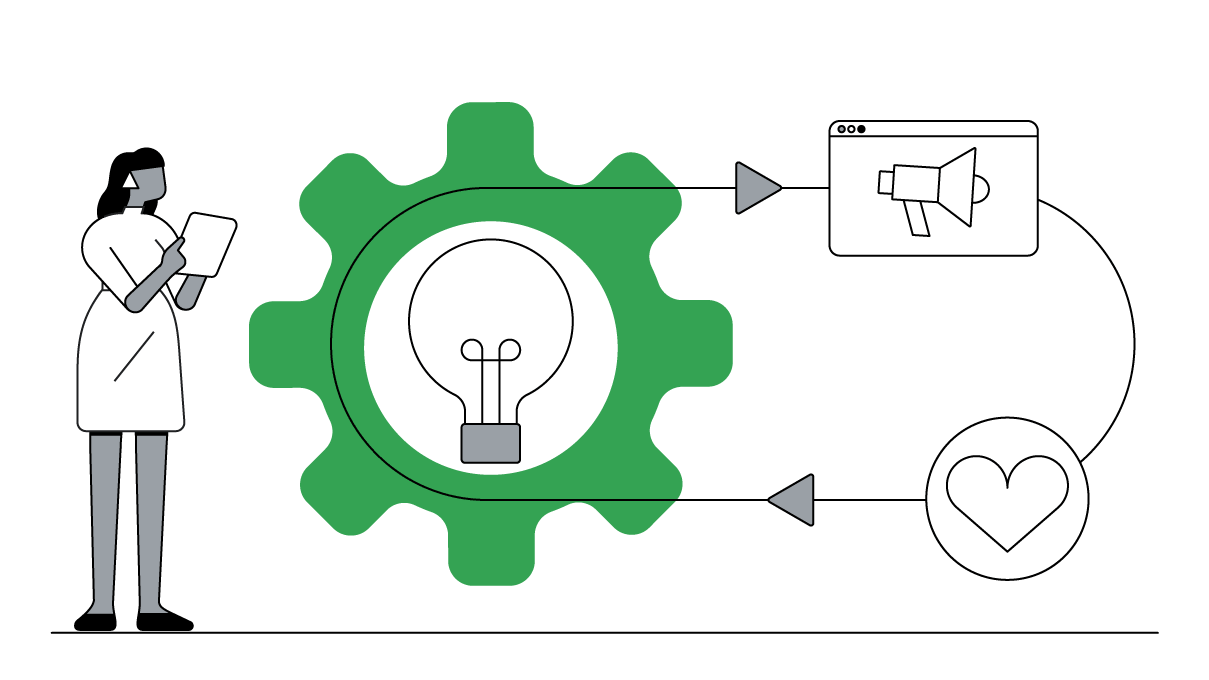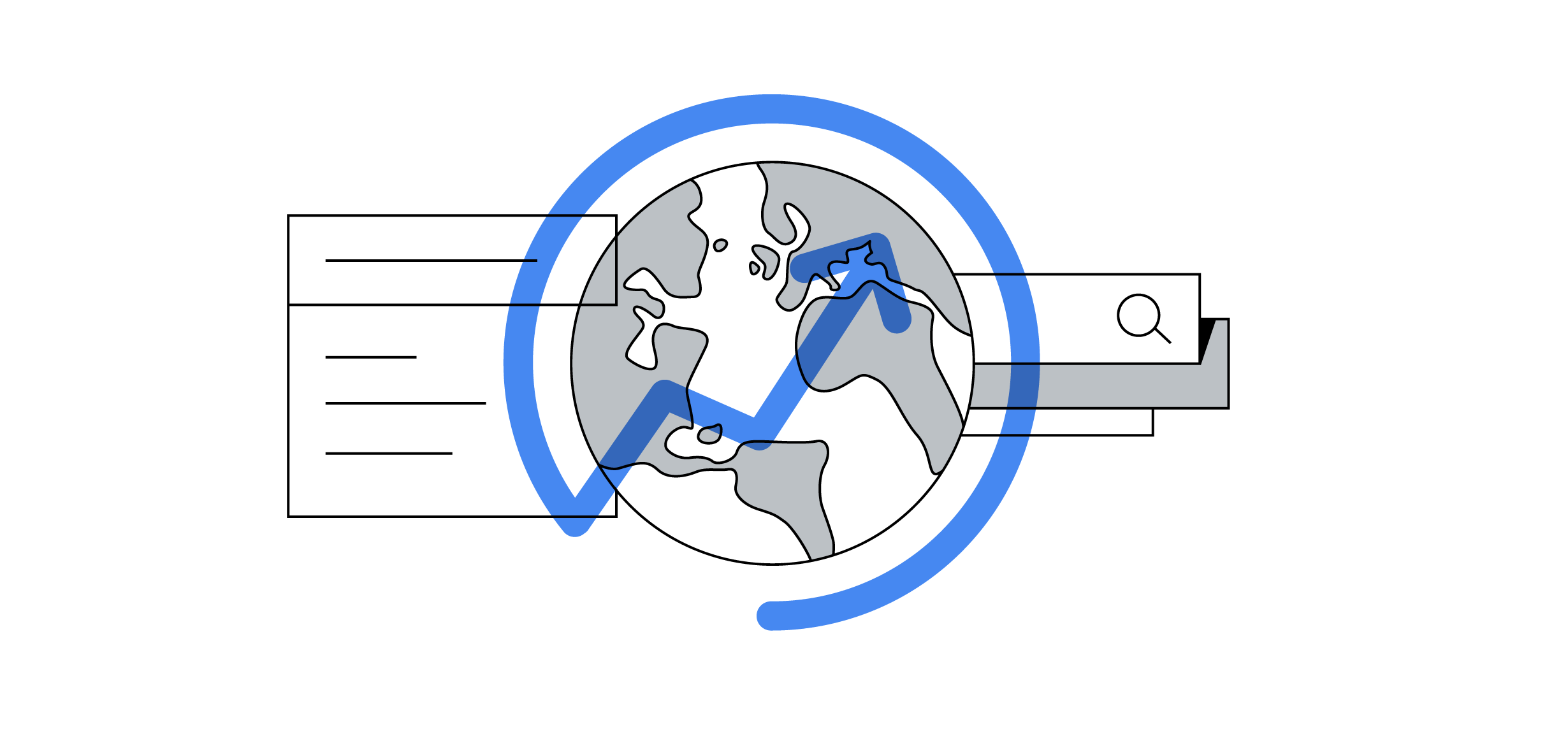Programmatic Guaranteed can be an extremely powerful tool. But to reap its benefits, writes Jerry Miller, head of revenue intelligence for the Americas at Google, digital publishers need to analyze their current workflows and consider organizational changes.
A version of this article originally appeared in the September/October 2018 edition of The Financial Manager magazine.
A few years ago, pharmaceutical giant GlaxoSmithKline (GSK) realized it had a public perception problem on its hands. “Faceless” was the word most often applied when consumers were asked to describe the company, says Kelly O’Callaghan, GSK’s vice president of global brand. So GSK embarked on a paid media campaign, intent on showing the human side of the company and how its work saved lives.
Ironically, GSK’s media buying agency, Mediacom Worldwide, used automation to bring that “human” story to the public’s awareness. It bought video ads on premium websites like Time.com, Huffington Post, and Reuters. And it used programmatic advertising tools to identify the best-performing audience segments and optimize the ad buy.
As a result, GSK reached more than 8 million viewers. The campaign had a view-through rate of almost 66%, and a cost per view of about 4 cents. “We saw a significant shift in public perception,” says O’Callaghan.
To accomplish that, GSK and Mediacom used Google’s Programmatic Guaranteed product, which combines the best aspects of traditional reservation buys with the speed and efficiency of algorithmically driven decision-making. Programmatic Guaranteed allows agencies and advertisers to purchase quality inventory from premium publishers at a fixed price. The system then automatically optimizes ad delivery to the publication’s readers.
But getting the most out of programmatic systems may require major changes in your strategy and organizational structure.
The benefits of programmatic advertising
The digital revolution has changed the advertising business forever. Advertisers can now deliver relevant messages to customers and instantly gauge their responses, dramatically improving how they measure return on investment.
But challenges remain. Real-time bidding (RTB) systems are highly efficient at delivering relevant ads, but publishers and advertisers have limited control over each ad.
And while traditional direct-reservation-based orders ensure that only ads from select brands appear in premium publications, managing these agreements is costly and time-consuming. In addition, a typical reservation-based order requires more than 40 separate steps, many of them manual and susceptible to mistakes.
Programmatic Guaranteed deals took 57% less time for publishers to set up and manage than traditional direct ads.
Programmatic Guaranteed combines the strengths of the two approaches while minimizing the drawbacks associated with each.
According to a February 2018 study by the Boston Consulting Group (BCG), Programmatic Guaranteed deals took 57% less time for publishers to set up and manage than traditional direct ads. What’s more, agencies saw a nearly 30% gain in efficiency.
The reason? With Programmatic Guaranteed there’s no need to create insertion orders, scan them, manually re-enter data, correct errors, generate confirmation reports, wait for decisions to be made as documents are handed from one team to the next, or chase down payments. Programmatic systems can deliver the right message to the right customer at the right time, resulting in a significantly higher ROI and far less waste.
Another key benefit is financial efficiency. Most traditional reservation deals pay publishers on a net 60-day or net 90-day basis. Programmatic Guaranteed transactions are paid out on a net 30-day basis.
Adopting a programmatic system also significantly reduces overhead for finance teams by consolidating billing. Instead of handling multiple invoices for each direct deal and performing painful month-end reconciliations, there’s just a single invoice and payment.
Before you start
Achieving that level of success with programmatic services requires a lot more than simply investing in a new ad-tech stack. As the BCG report notes, those dramatic productivity gains were achieved only after publishers and agencies optimized their workflows and brought more expertise in house. The BCG survey found that 60% of publishers increased their volume of Programmatic Guaranteed ads, and half realized higher cost per million (CPM) rates, after they hired a programmatic specialist.

Here are some of the essential steps:
1. Analyze your current workflow. Consider how many people on your staff touch a campaign from start to finish. For instance, a typical campaign might require two sales employees to work five hours; one trafficker to dedicate two hours; and a billing person to spend one hour on it. Using programmatic transactions can reduce the time spent on these tasks by 30% to 60%. What impact would that have on your bottom line? Where could you redeploy these resources?
2. Consider the financial benefits. Determine how a 30-day billing reconciliation could benefit your business. Would it allow you to produce more content, increase head count, invest in higher yielding markets, or save interest on revolving credit?
3. Analyze the cost considerations. Calculate how much you’re paying your platform provider for these types of deals. Do the other benefits offset the revenue share? At what point does the scale tip?
4. Assess your talent mix. Do you have the necessary skills in house? A typical publisher likely has most of its sales team focused on traditional deals, often with one or two account executives focused on the programmatic market. That ratio might need to be flipped.
5. Set up business rules. Once you’ve done the analyses and understand the considerations of programmatic transactions, you need to analyze where it makes the most sense to apply it. What is the break-even cost of doing a traditional deal? How does it compare with programmatic break-even costs?
In most cases, the answer will be clear.
The shift is coming
Programmatic transactions won’t replace all traditional digital advertising. eMarketer predicts that programmatic ads will account for 86% of all digital ad spend in two years, reaching $66 billion by 2020. That still leaves about $10 billion to be divided up among other sponsorships and traditional deals. The digital ad landscape will continue to be complex and nuanced for some time.
Programmatic ads will account for 86% of all digital ad spend in two years, reaching $66 billion by 2020.
Businesses will need to figure out where programmatic guarantees fit into their ad mix. The strategy is not difficult: When the financial and operational efficiencies outweigh the cost of using Programmatic Guaranteed transactions, publishers should utilize this emerging transaction type.
This change won’t happen overnight. Operational inertia and a bias toward the status quo will persist. Publisher teams, media buyers, and salespeople are not going to instantly adapt. But this shift is coming, and it’s being driven by buyers and advertisers.
Now is the time to model how the operational and financial benefits impact the bottom line, figure out business rules, and structure your organization to adapt to this emerging paradigm.







